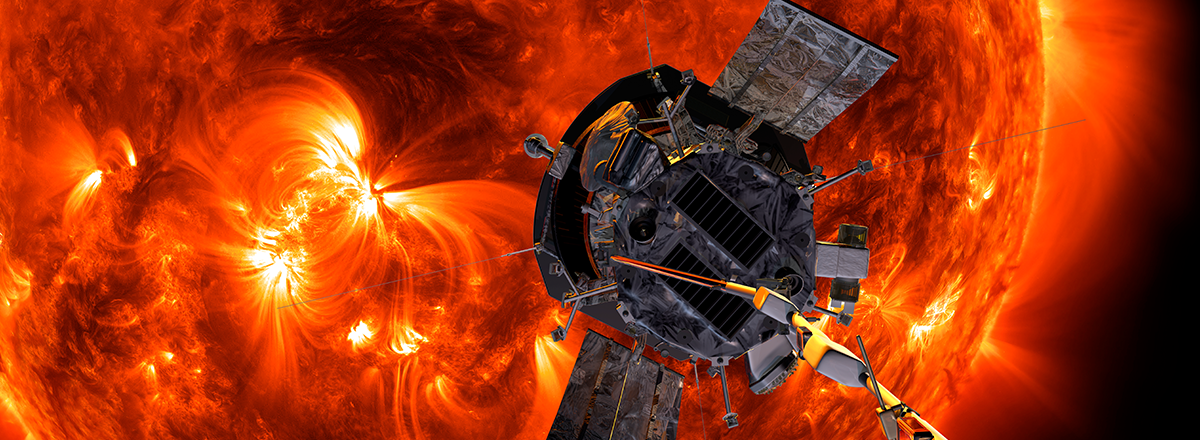NASA's Sun-Touching Parker Solar Probe Catches the Solar Wind
By uncovering the origin of the solar wind, NASA's Parker Solar Probe brings scientists one step closer to understanding the complex behavior of our star and improving our ability to predict and mitigate the impacts of solar activity on Earth.

NASA's Parker Solar Probe, a spacecraft designed to study the Sun up close, has made a remarkable discovery about the origin of the solar wind. The probe ventured within 13 million miles of the Sun's surface and observed the fine structure of the solar wind at its point of origin.
The solar wind, a stream of charged particles flowing from the Sun, has long been a subject of interest for scientists aiming to predict space weather. By understanding where the solar wind comes from and how it is created, researchers hope to improve predictions of solar storms that can impact Earth's communication networks and power infrastructure.
During its close flyby, the Parker Solar Probe saw the streams of high-energy particles that make up the solar wind match so-called supergranulation flows within coronal holes. These regions in the Sun's outer atmosphere have open magnetic field lines that expand outward. The observations suggest that the solar wind originates from these coronal holes.
The coronal holes were compared to showerheads, with jets of charged particles emerging from bright spots where magnetic field lines connect to the Sun's surface. The study revealed that these jets of particles are accelerated by a process called magnetic reconnection, which flings out the charged particles that form the solar wind.

